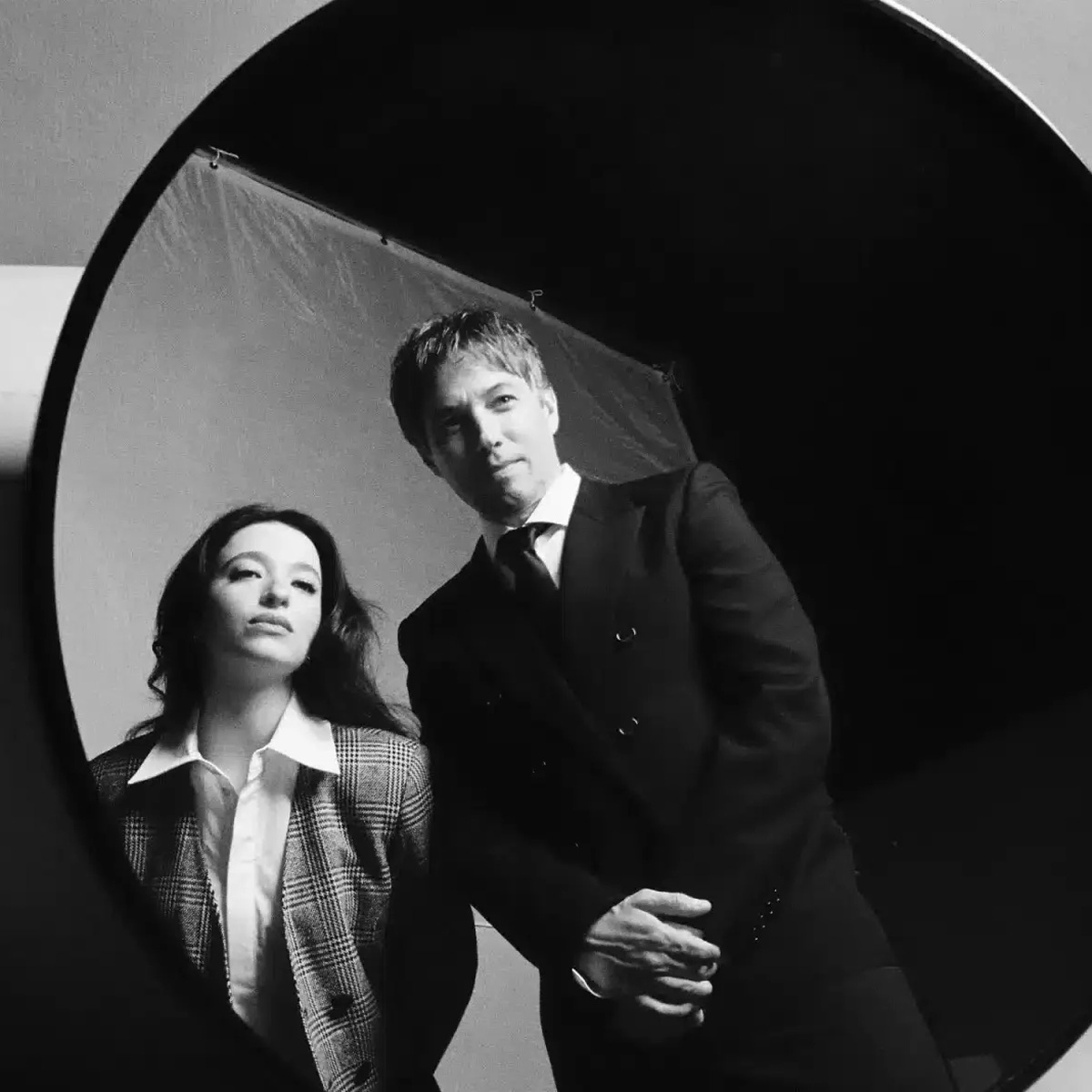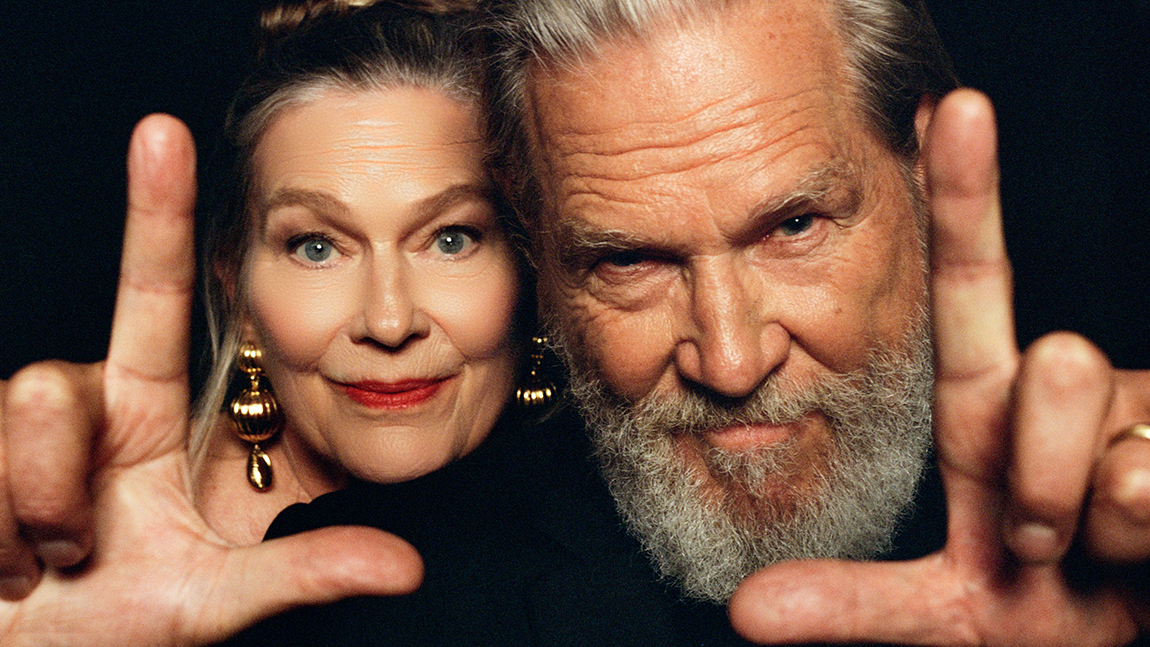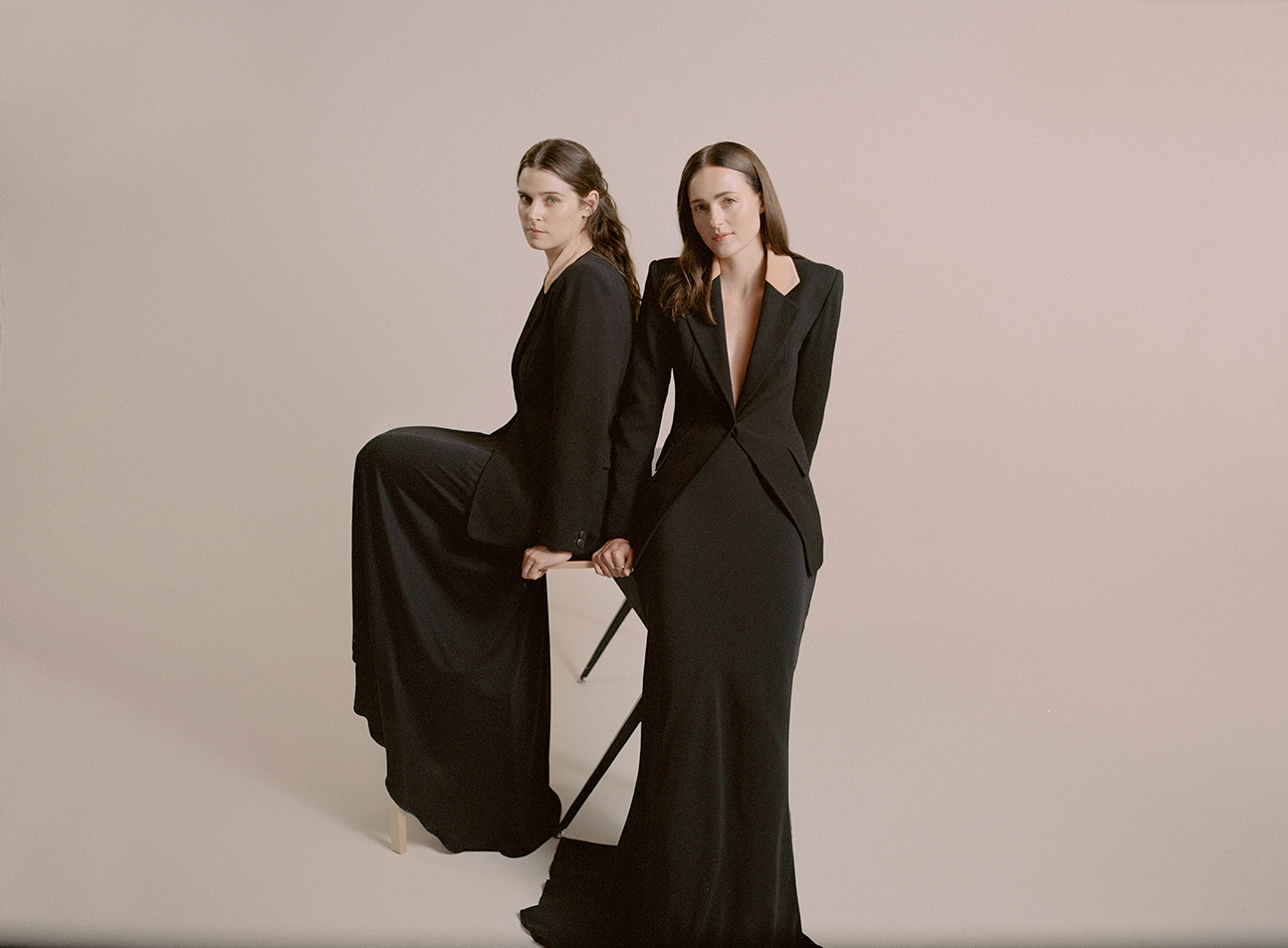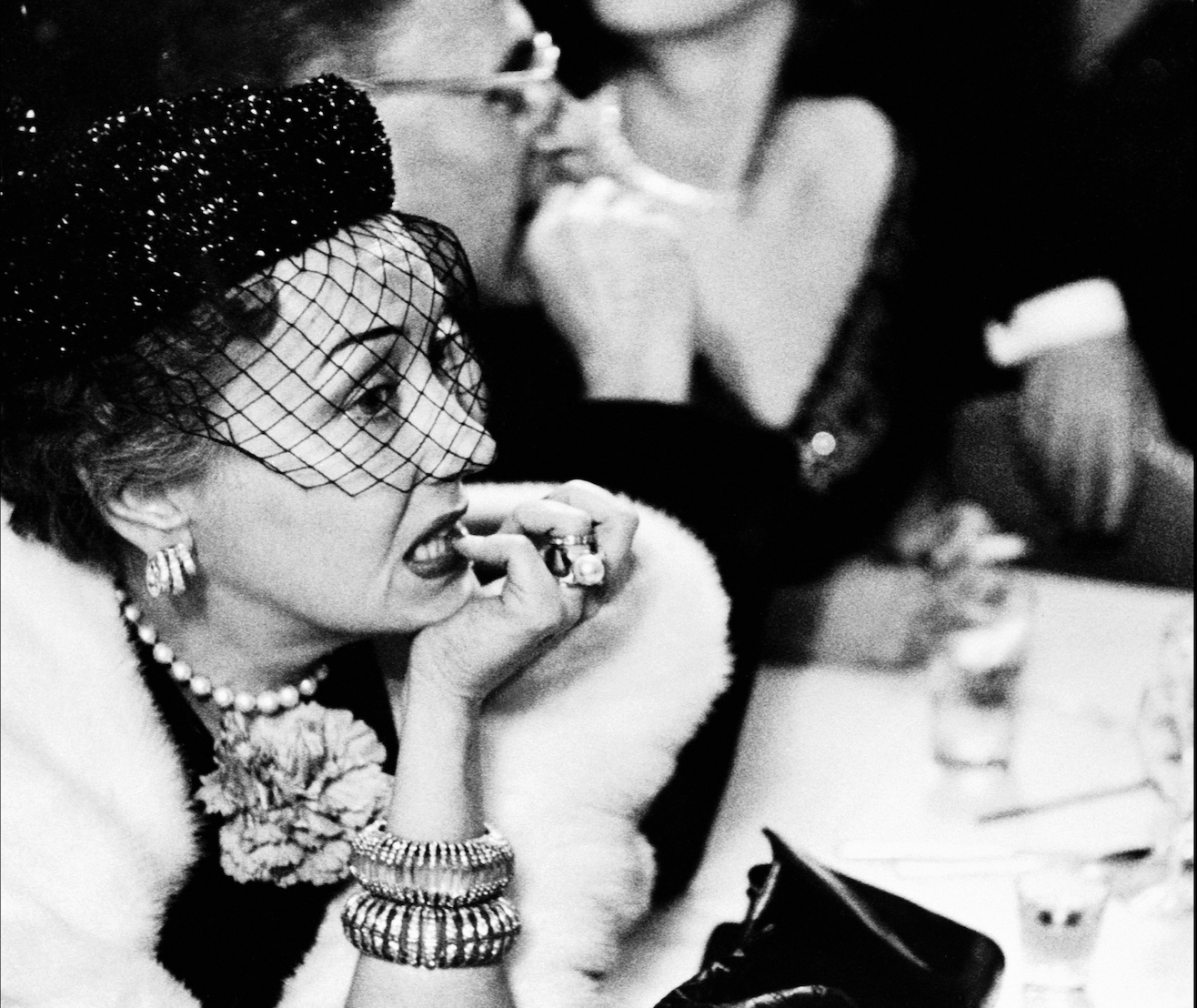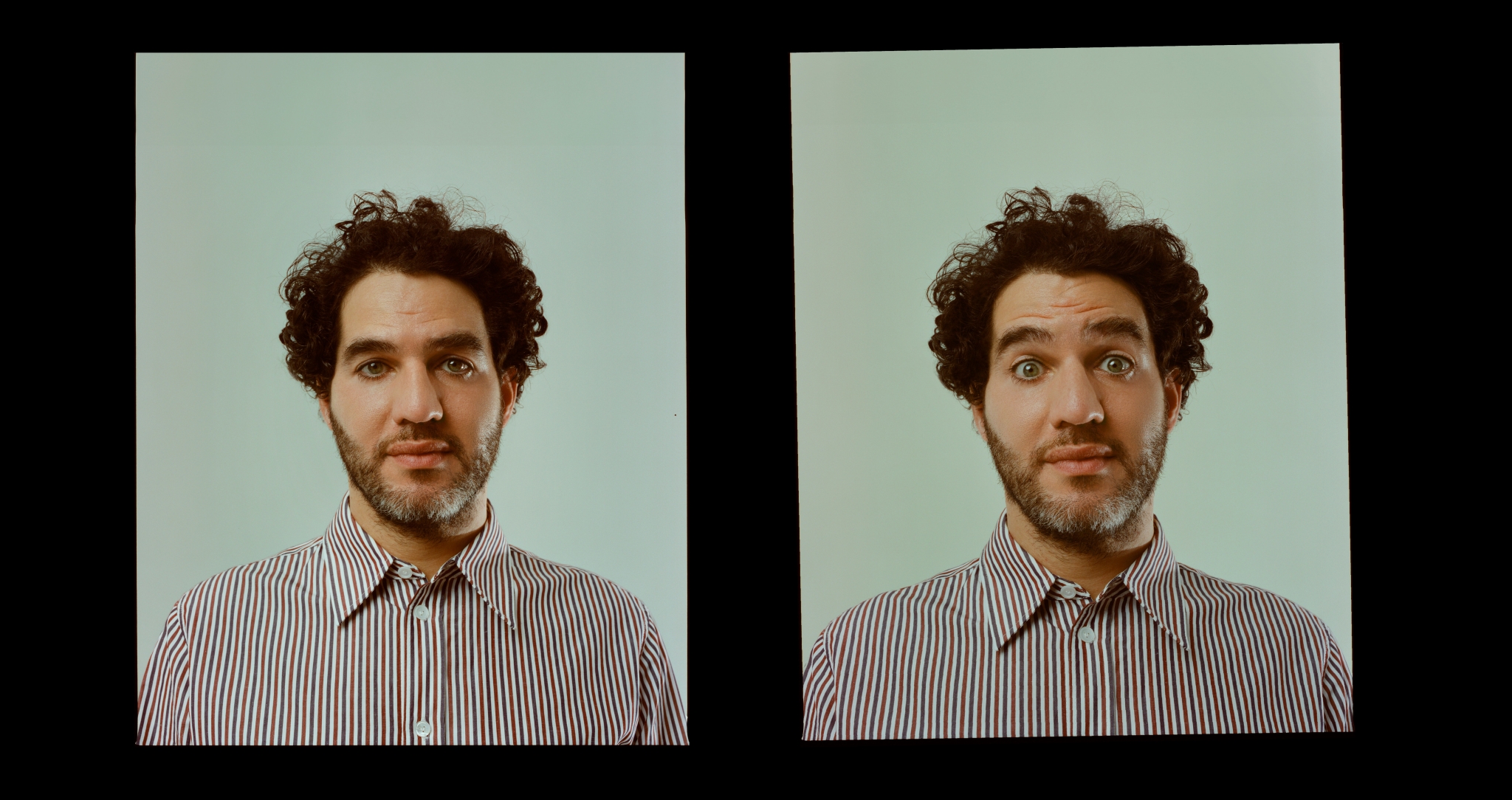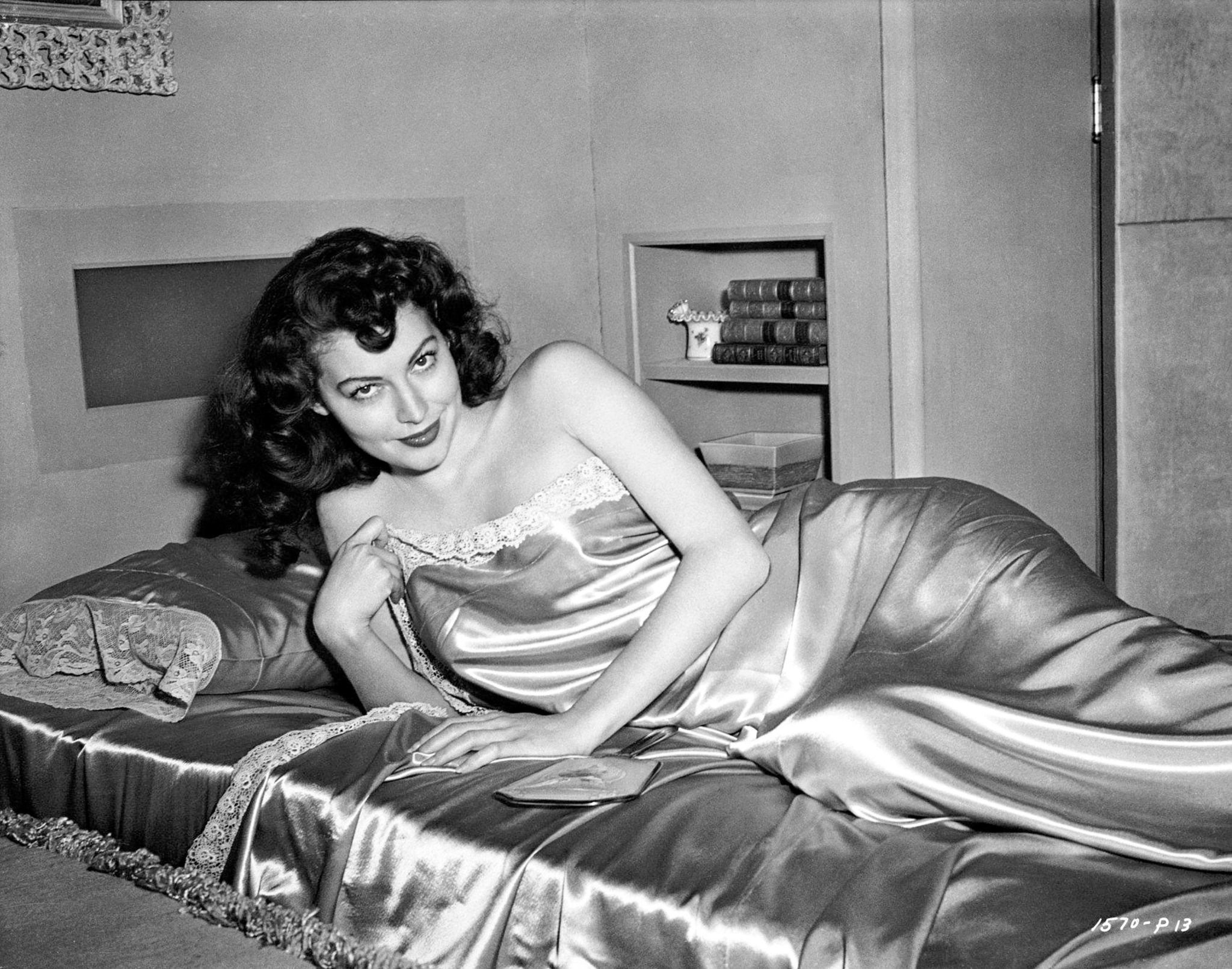

Robert Siodmak’s adaptation of Ernest Hemingway’s story had it all: glamour, death, a sharp script, and a cast that included Ava Gardner and Burt Lancaster in his film debut. But it was also the last American masterpiece of a filmmaker who soon tired of Hollywood. Natasha A. Fraser explores the making of one of film noir’s most enduring movies.
Like many of his ilk, Robert Siodmak fudged his autobiographical details. The German director and film noir maestro was born in Dresden not Memphis, Tennessee as he claimed. However, as verified by his two biographers Hervé Dumont and Deborah Lazaroff Alpi, it is true that the Jewish-born Siodmak, “fled Germany for France one day after Hitler came to power, fled France for America one day before the war broke out, and fled America one year before CinemaScope arrived.” Such details illustrate how Siodmak’s professional life was one of exile that began with Berlin and Paris, led to Los Angeles, and ended in Ascona, Switzerland.
Siodmak, who never lost his German accent, dismissed his final dwelling as “a place full of clockmakers on vacation.” If it sounds churlish, he was not. Greats like Charles Laughton, Ethel Barrymore, and Barbara Stanwyck cherished him as both a director and friend. Only Burt Lancaster seems to have found fault, calling him “a silly old has–been” in front of cast and crew on The Crimson Pirate (1952). But the swashbuckling adventure picture—Siodmak’s first—triumphed at the box office.
Siodmak was one of those continental gents who, prior to the Nazi regime, led a charmed existence. Privileged childhood, apple of his mother’s eye, fortune made and then lost due to the Weimar Republic’s inflation, a character actor in a travelling theatrical troupe. Indeed, Siodmak (pronounced See Odd Mack) was a brilliantly intelligent, self-effacing charmer—“as a bald man, I am not handsome,” he claimed—whose only true weakness was relishing the company of petty criminals, cheats, and gonifs (Yiddish for a scallywag). Siodmak’s friendship with such unsavoury types vexed his wife Bertha ’Babs’ Siodmak (née Odenheimer). And rightly so: Siodmak lent out hundreds of dollars and never saw the money again.
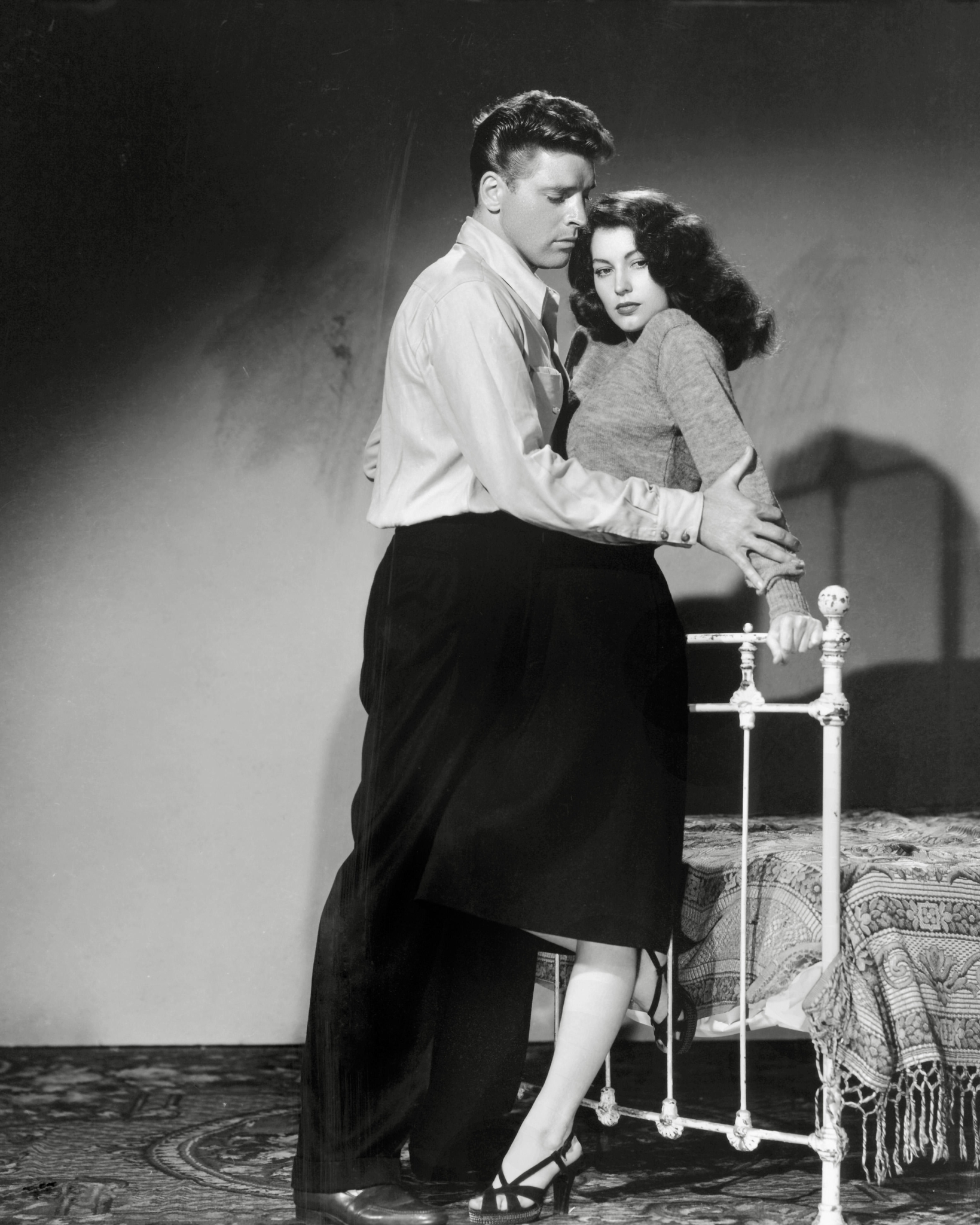
Ava Gardner and Burt Lancaster in The Killers (1946). By Robert Siodmak.
Nevertheless, it was perhaps Siodmak’s mix of curiosity and sympathy about the morally corrupt that propelled him into another level of noirdom. A ’what if?’ and ’why not?’ linger around most of his films. Watch his Hollywood thrillers such as Phantom Lady (1944), Christmas Holiday (1944), The Suspect (1944), The Spiral Staircase (1946), The Killers (1946), The Dark Mirror (1946), Criss Cross (1949) and you feel completely absorbed. That unusual sense that you are there beside him while his eye is in the lens. The intimacy that Siodmak achieves is both contemporary and gripping. To paraphrase Billy Wilder—who collaborated on Siodmak’s directorial debut Menschen am Sontag (People on Sunday, 1929) and other Berlin projects—Siodmak seizes you by the throat and never lets you go.
He gleaned his craft in Berlin at UFA (Universum-Film-Aktiengesellschaft) and Deutsche Universal-Film AG respectively—watching Fritz Lang direct Metropolis would have a profound affect. Siodmak excels when capturing the smut and smoke of an urban atmosphere, whether creating the legendary jazz scene in Phantom Lady where Elisha Cook Jr drums his heart out—an astounding yet delirious mating call for the movie’s heroine (Ella Haines)—or Brenda (Shelley Winters) rushing along the pavement and barrelling into a crowded bar in Cry of the City (1948), when she needs a brandy for her wounded gangster boyfriend (Richard Conte). And there are the unexpected performances from the likes of George Sanders and Laughton that exemplify desperation or what Arthur Penn once described to me as “the guts of a blind burglar” (said in reference to Sam Spiegel, the producer of his film The Chase, 1966).
Regarding his Hollywood tenure (1939 – 1952), Siodmak named his two favourites as The Dark Mirror and The Killers. The first stars Olivia de Havilland as identical twins, switching between the good-natured sister (Ruth) and the murderous one who gaslights her (Terry). Shot on the set of Universal Studios, it feels cramped and quite B-movie-like yet sets out the film noir’s good woman/bad woman dichotomy. Still, it
is an odd choice of favourite. Perhaps Siodmak was relieved to be back working with Eugen Schüfftan, his pre-war cinematographer, and speaking German again.
Nevertheless his film The Killers—that introduced Burt Lancaster to the movie–going public—is Siodmak’s masterpiece. The first 20 minutes are based on Ernest Hemingway’s short story (1927) that concerns two hit men who arrive and take over a local diner, announcing their intention to kill a regular patron, a former boxer known as the Swede. When he does not turn up, they leave and find the Swede lying passively in his boarding house, making no effort to escape. The resigned expression on Lancaster’s magnificent face—further chiselled by the shadows—is memorable, illustrating what film scribe Philip French refers to as “Hemingway’s idea of grace under pressure”. The screenplay (written by John Huston though credited to Anthony Veiller due to a contract commitment) “cleverly weaves together a variety of familiar crime plots to answer the questions Hemingway left unanswered, most obviously how a decent man was lured from the straight and narrow by a femme fatale.”
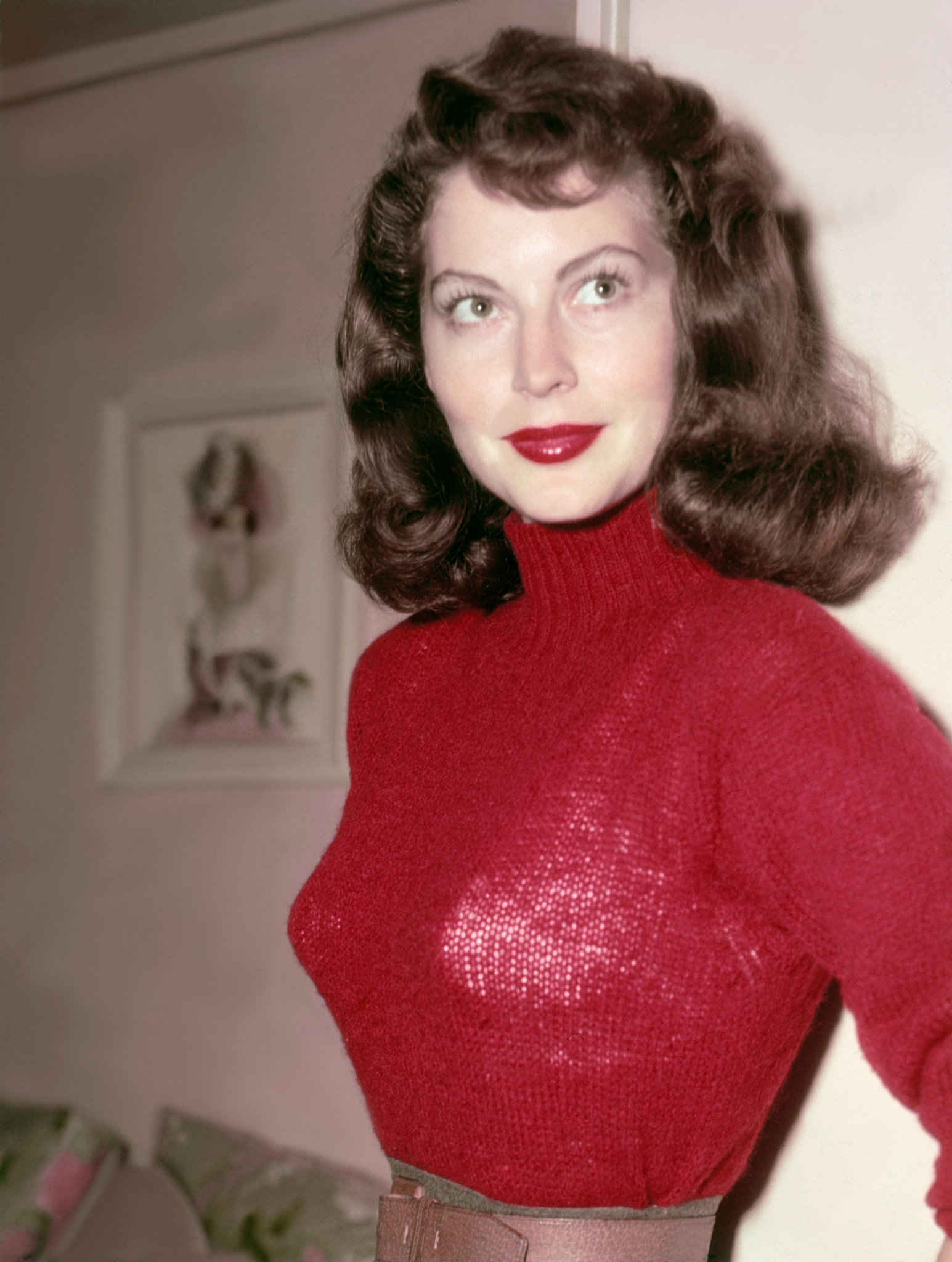
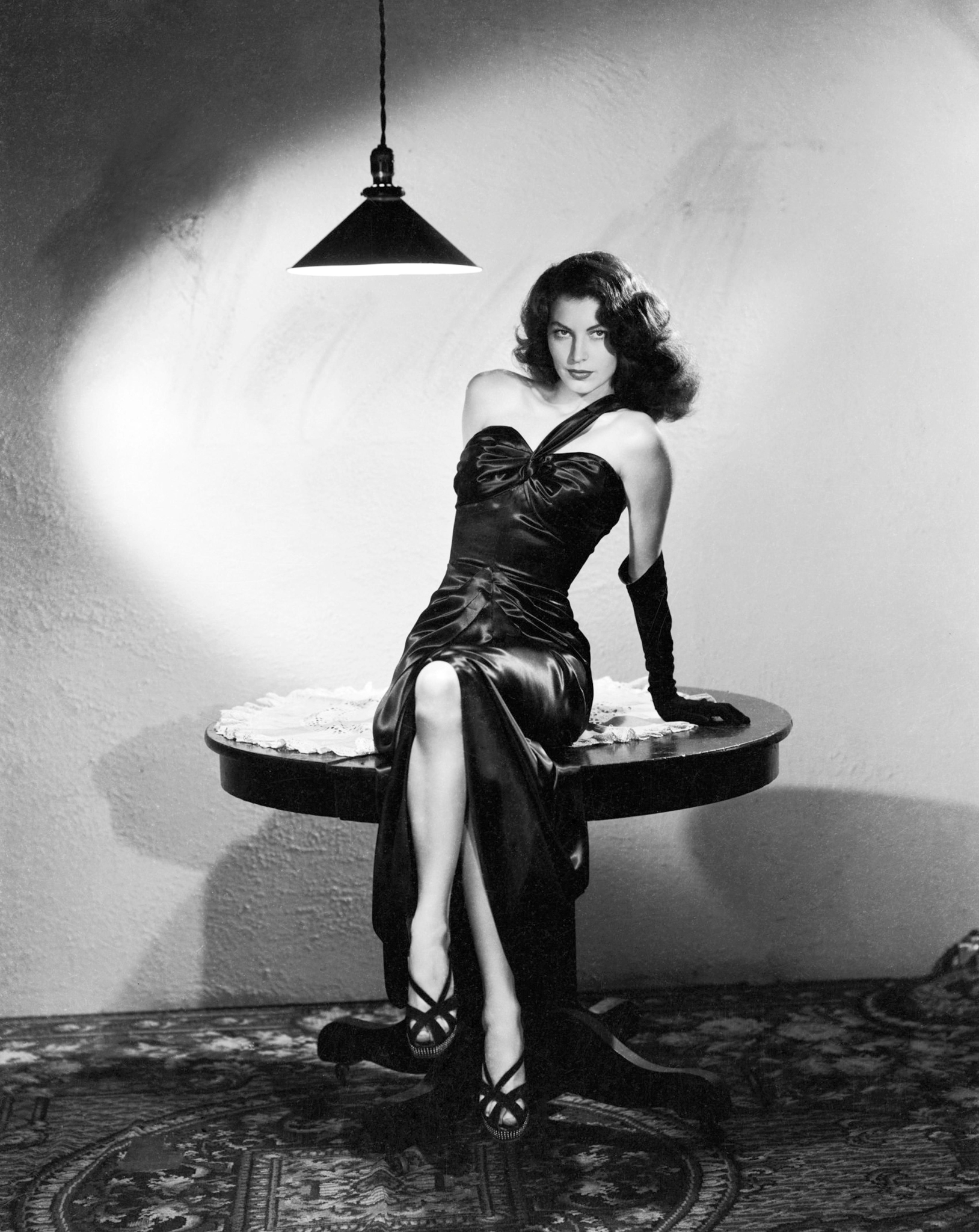
Initially, Huston wanted to direct The Killers but he and the producer Mark Hellinger had creative differences. “I was lucky,” Hellinger later said. “Robert Siodmak is a creator. He adds something to a script. There are pieces of transition and many little touches that are his own contribution.” Hellinger’s only fear concerned the fight scenes. “I worried about how a German director would stage an American prize fight, but I needn’t have.”
Just as Hemingway’s bleak story inspired Nighthawks, Edward Hopper’s iconic painting— “[it’s] refreshing to come upon such an honest piece in an American magazine,” the artist enthused—Siodmak’s film inspired Harold Pinter’s The Birthday Party. Indeed, it was through Harold, my stepfather, that I discovered The Killers in 1981. To considerable excitement, he hunted down Siodmak’s film in video form or thought he had until popping the rectangular object/video into its slot. Problem: the movie was in colour. Problem: it was the 1964 version (directed by Don Siegel) and problem: it starred Ronald Reagan. Though annoying, it was mildly ironic. The right-wing Reagan had just become president and was Public Enemy No. 1 to Harold and most other liberals.
Nowadays, film scholars push Siodmak’s Criss Cross as being his superior film, arguing that the director came into his own, backed up by Daniel Fuchs’s screenplay. I simply cannot agree. True, Criss Cross also starred Burt Lancaster as well as having dramatic music by the prolific Miklós Rózsa but it lacked The Killer’s five essential ingredients. Namely, the three Hs— Hemingway, Huston, and Hellinger—alongside the cinematographer Elwood ’Woody’ Bredell, whose innovative lighting technique enhanced every face, and, of course, Ava Gardner. To again quote Philip French, “their chemistry is incendiary”. (More so than the romantic teaming of Lancaster and Yvonne de Carlo in Criss Cross.) It was Lancaster’s very first role—he plays the Swede who falls for the alluring, duplicitous Kitty Collins, played by a smouldering Gardner. “I am poison to myself and everyone around me,” she says near the film’s end. Except with Gardner’s almond-shaped eyes, cheekbones, velvety skin, and mass of black curls, her Kitty Collins conjures up an irresistible temptress. Being cast as Siodmak’s femme fatale changed her life. “After I played Kitty I began to feel that I might have a little talent,” Gardner admitted. The Southern belle continued to appear wildly beautiful on screen, particularly in One Touch of Venus (1948), Pandora and the Flying Dutchman (1951), and The Barefoot Contessa (1954) but under Bredell’s gaze, Gardner feels otherworldly.
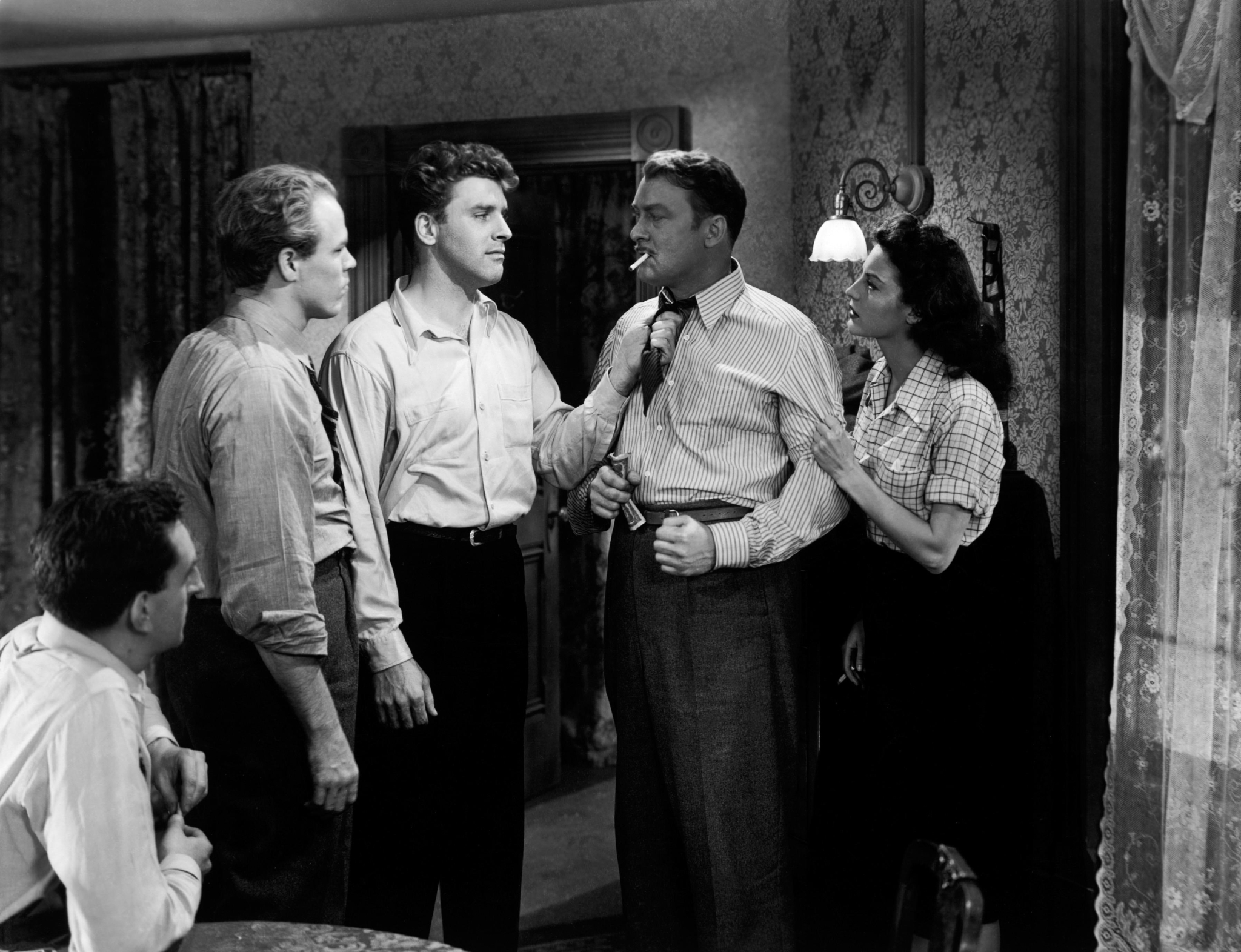
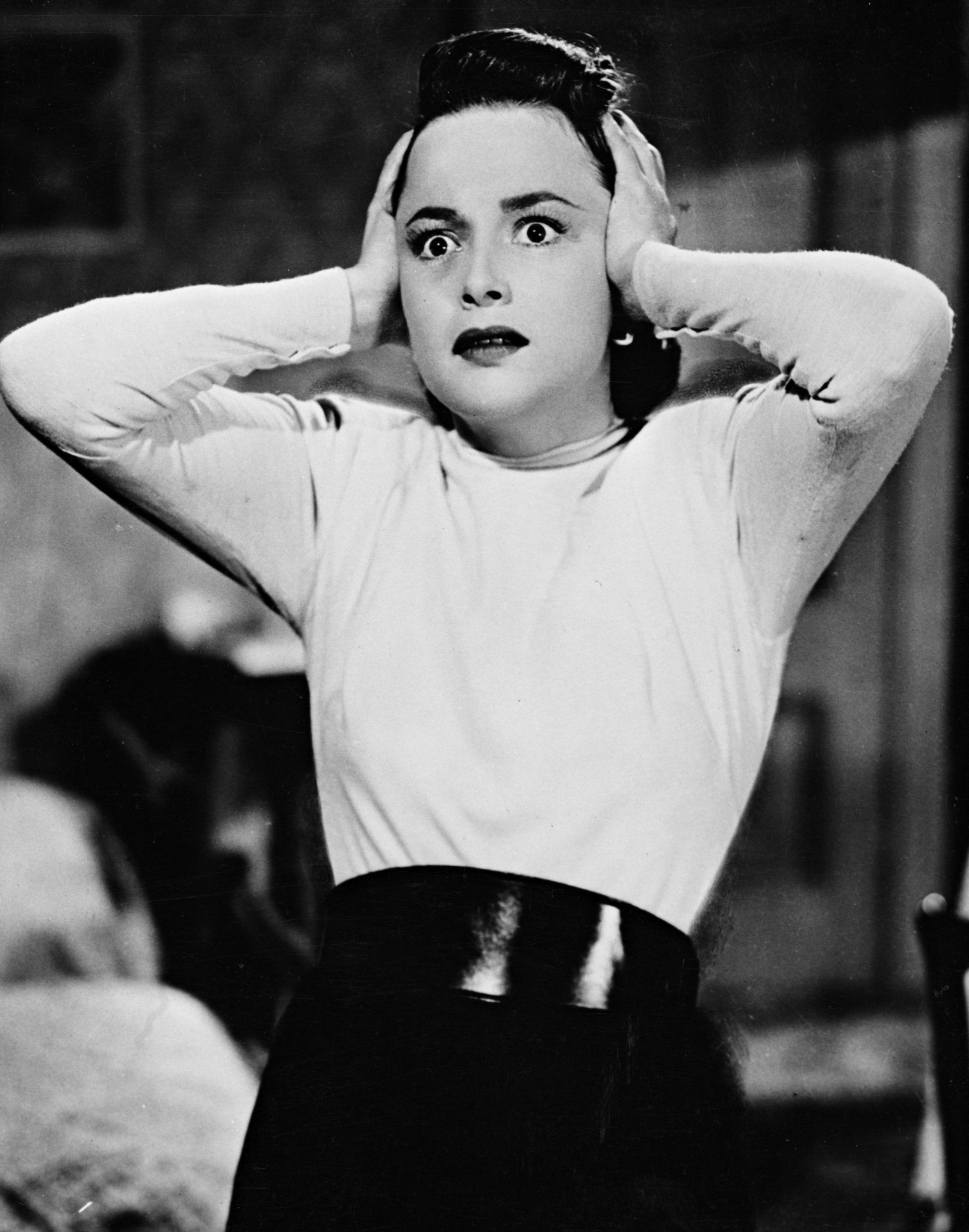
Bredell had already worked with Siodmak on Phantom Lady and Christmas Holiday. But Ava Gardner was the first actress who agreed to not wear makeup. It was a bold move, particularly for Hollywood in the mid-1940s. All Bredell did was rub a little Vaseline into her skin for a sheen effect. When lighting Gardner’s singing scene that begins with the sight of her black satin back, Bredell only used the lamps
on the tables. They outlined her hourglass figure in a soft glow, making her appear sensuality incarnate. Spellbound, Lancaster’s Swede becomes transfixed and forgets about his pretty, blond girlfriend. Due to his dynamic presence— few moved like Lancaster, a former acrobat—the magnetism becomes evident and acceptable.
The Killers is structured within a framework of flashbacks that are instigated by the detective work of Riordan (Edmond O’Brien)—the insurance inspector, responsible for finding the beneficiary of the Swede’s insurance policy. The sum is only $2,500. But as the story unravels and the increasingly obsessed Riordan meets different characters linked to the Swede, he uncovers a bank heist and gangsters chasing after the missing $250,000, and manages to expose the double-crossing Kitty Collins who has secretly married Colfax (Albert Dekker), the former gang leader.
Hemingway referred to The Killers as his favourite of all the films of his work. And Siodmak was nominated for an Oscar as were Veiller and Hellinger. In Hollywood, he and his wife lived in Boris Karloff’s former home and became part of the European community, ruled over by the screenwriter Salka Viertel. However, five years later Siodmak turned down Universal- International’s offer of another seven-year contract, sold his Beverly Hills house to James Mason, and moved back to Paris. His official reason was income taxes amounting to 80%. But unlike his fellow European directors Fritz Lang, Jean Renoir, and Billy Wilder, Siodmak had never quite adjusted to the Californian lifestyle. “If you have ambition, that’s already a liability in Hollywood,” he said. In the early 1950s, Siodmak nursed ambitions to return to his roots and direct smaller, less formulaic films as he had once done in Berlin.

